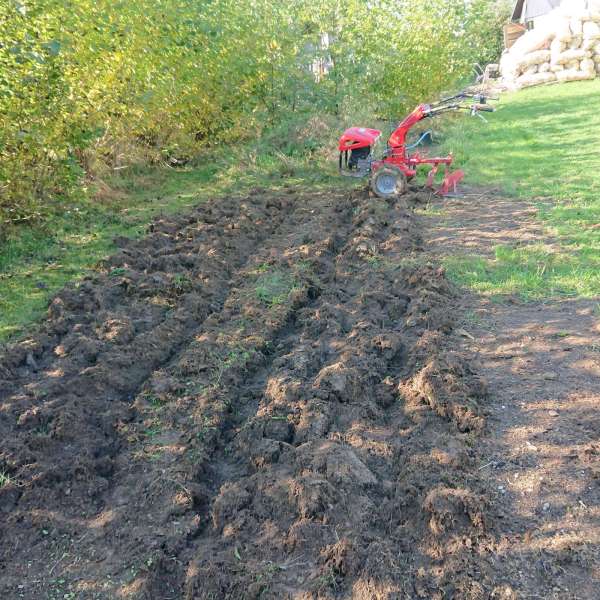Hi ya’all. I haven’t been very active here lately because I had some work to do. Including that after months and months of heavy procrastination, I have finally purchased web hosting and a domain and started a small webpage for my knives.
Constructive criticism is welcome.
The webshop interface does not allow me to display prices in other currencies than Czech Crowns (yet), but I do hope that anyone can convert it to USD or € or whatever should they need to. I will gladly sell anywhere in the world as long as it is financially feasible for both me and the customer, but selling outside of the Czech Republic must be done through individual arrangements and cannot be done simply via the webshop interface (not yet). The reasons are simple – additional currencies and shipping outside CZ are both available for an extra charge and I am not ready to dish out more money than is strictly necessary. Not yet, anyway.
I am thinking about adding a knife-making blog there, but I am somewhat discouraged by the amount of work that it would entail.
I will leave this post pinned to the top of the page for some time.


















































